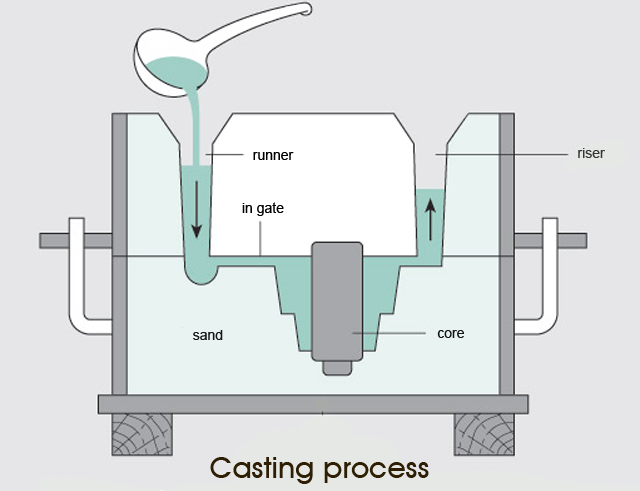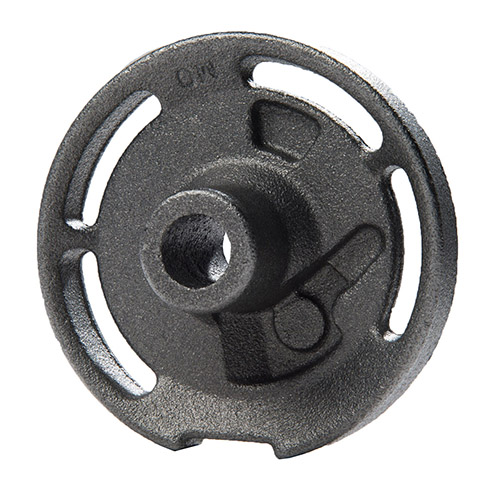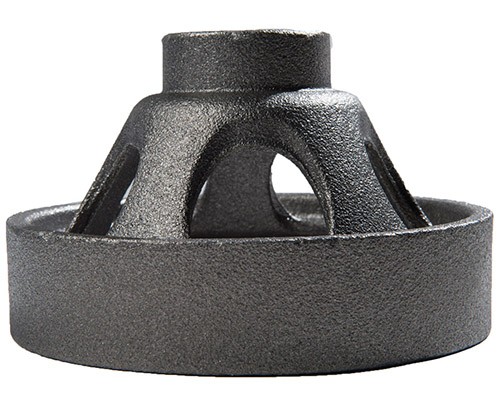Casting Process: Advantages and Limitations
Casting Process: Advantages and Limitations
Casting is also known as foundering, is the oldest manufacturing process in which liquid molten metal is poured into a casting cavity of refractory material. Allow liquid metal to solidify, after solidification the casting metal can be taken out by breaking the mold. The casting process is used to produce components such as valve parts, pump parts, auto parts, housings, pistons, mill rolls, wheels, cylinder blocks, liners, machine tool beds.

Different terminology used in casting process are clay sand cating, furan resin sand casting, shell mold casting, lost foam casting, lost wax casting.
Pattern:
The pattern is the replica of the casting to be produced.
Parting line:
The parting line is the dividing line between the two flasks.
Sprue:
Sprue is the connecting passage between the pouring basin and runner. It controls the flow of molten metal.
Runner:
The runner is the passage used for regulating the flow of molten liquid.
Ingate:
Ingate is the last point of gating from where the molten metal enters the cavity.
Riser:
The riser is the reservoir of molten metal provided in the casting process to compensate the liquid shrinkage’s taking place during solidification.
Chill:
Chill is the metallic piece used for obtaining directional solidification.
Chaplets:
Chaplets are used for supporting the cores inside the mold cavity to take care of its weight and mold cavity to take care of its weight and overcome the buoyancy forces.

Advantages of casting process:
Molten metal flows into small section in the molten cavity. Hence any complex shape can be easily produced.
Practically any material can be casted.
Ideal method is by producing small quantities
Due to small cooling rate from all directions, the properties of casting are same in all directions.
Any size of casting can be produced up to 200 tons.
Casting is the often cheapest and most direct way of producing a shape with certain desired mechanical properties.
Certain metals and alloys such as highly creep resistant metal-based alloys for gas turbines cannot be worked mechanically and can be cast only.
Heavy equipment like machine leads, ship’s propeller, etc. can be thrown easily in the required size rather than fabricating them by joining several small pieces.
Casting is best suitable for composite components requiring different properties in various direction. These are made by incorporating preferable inserts in a casting. For example, aluminum conductors into slots in iron armature for electric motors, wear resistant skins onto shock resistant components.
Limitations of casting process:
With normal sand casting process, the dimensional accuracies and surface finish is less.
Defects are unavoidable.
Sand casting is labor intensive.


